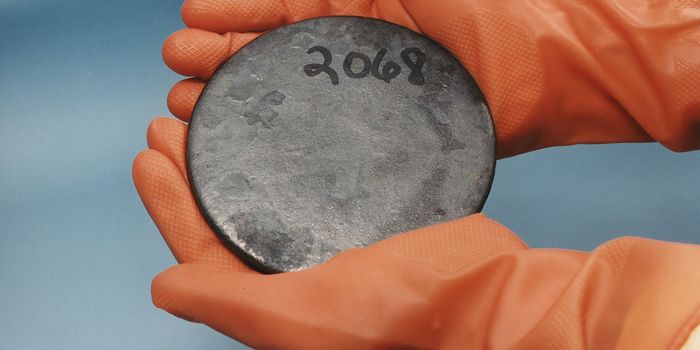Are transparent solar cells in our near future?
Scientists are searching for alternative technologies to replace traditional silicon solar cells and the limits of their solar efficiency. Perovskite cells are one of the most promising options because of their high efficiency and performance. Now a new study from Penn State researchers describes how stacking semitransparent perovskite cells on top of silicon cells can greatly improve both technologies’ capabilities. As you can imagine, transparent solar cells are highly desirable for the diversity of applications they could bring.
"Transparent solar cells could someday find a place on windows in homes and office buildings, generating electricity from sunlight that would otherwise be wasted," said study co-author Kai Wang, assistant research professor of materials science and engineering at Penn State. "This is a big step -- we finally succeeded in making efficient, semitransparent solar cells."
Associate vice president for research and professor of materials science and engineering at Penn State Shashank Priya explains how the team used ultrathin metal electrodes to develop their solar cells. “We've shown we can make electrodes from a very thin, almost few atomic layers of gold. The thin gold layer has high electrical conductivity and at the same time it doesn't interfere with the cell's ability to absorb sunlight."
Indeed, the tests of their new design showed the semitransparent cell had a never-before-seen efficiency high of 19.8%, which when coupled with a silicon cell, reached 28.3% efficiency. This is significantly higher that the average 23.3% efficiency of a silicon cell alone.
"A 5% improvement in efficiency is giant," Priya said. "This basically means you are converting about 50 watts more sunlight for every square meter of solar cell material. Solar farms can consist of thousands of modules, so that adds up to a lot of electricity, and that's a big breakthrough."
"This breakthrough in the design of tandem cell architecture based on a transparent electrode offers an efficient route toward the transition to perovskite and tandem solar cells," concluded Dong Yang, assistant research professor of materials science and engineering at Penn State. The scientists reported their findings in the journal Nano Energy.
Sources: Nano Energy, Eureka Alert








